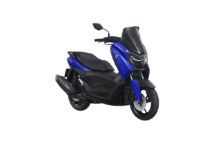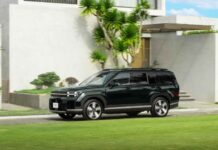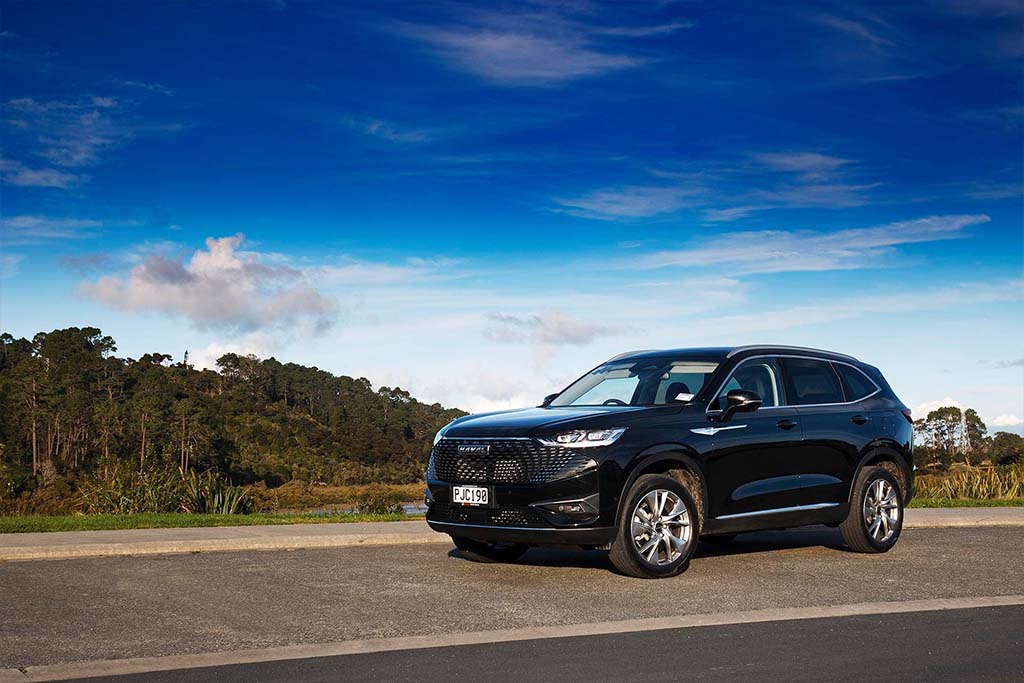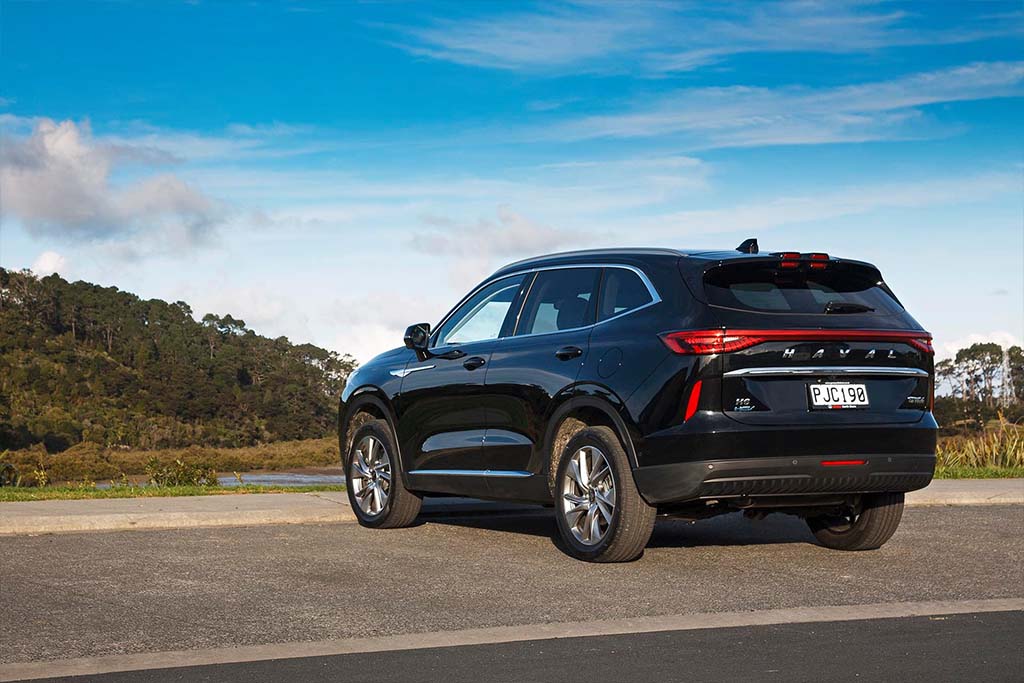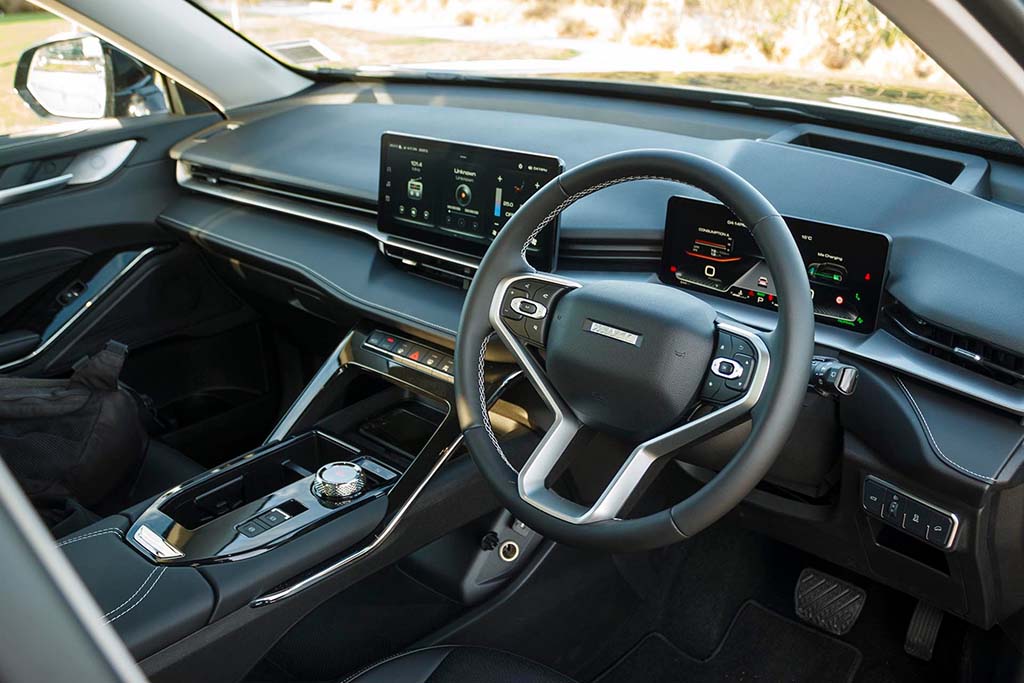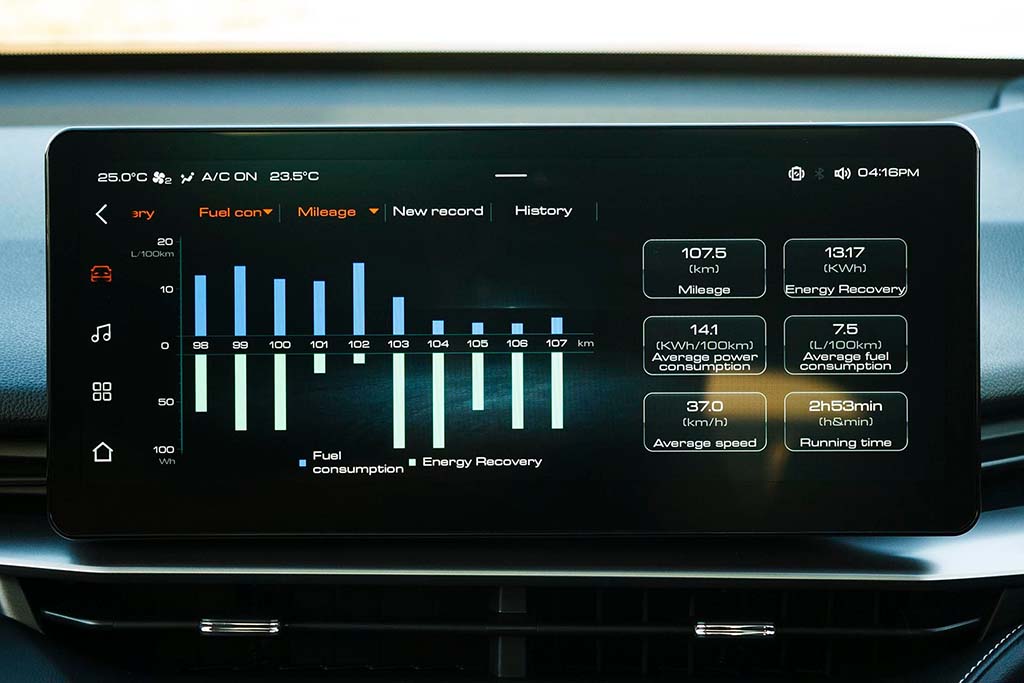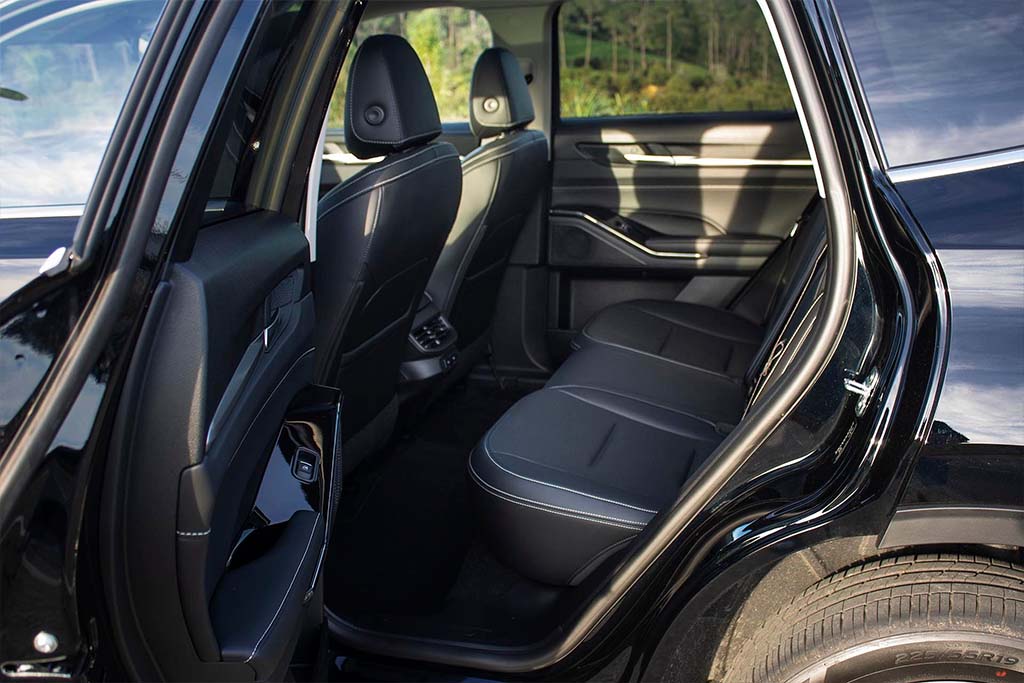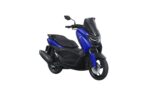But does this price justify what the car brings? Should you choose a Chinese SUV that is priced similarly to its Japanese and Korean counterparts? – These are the questions that have been haunting many customers, and the answers will be revealed in this review.
Looking back at history, Great Wall Motor was established in 1984, taking the English name of the Great Wall of China and only producing trucks. Since 1996, the company has expanded into the passenger car segment and has now risen to the 8th place among the top 10 largest automakers in China.
The strength of the company lies in pickup trucks and SUVs. In 2021, Great Wall Motor achieved a total sales of 1.28 million vehicles, ranking in the top 3 for PHEV sales in China and dominating the SUV segment in the Chinese market. The flagship SUV of the company is the Haval H6, which is also dominating international markets such as Thailand, Australia, and New Zealand.
Recently, Thanh An, a distributor with years of experience in distributing Hyundai cars, has officially introduced the Haval H6 SUV with only one HEV hybrid version. Before it gains a large user community in Vietnam, let’s see how the Haval H6 is reviewed by foreign automotive experts.
The first notable point, especially about the HEV version, Haval H6 uses a hybrid engine with an average fuel consumption of only 5.8 L / 100 km; while the Haval H6 version equipped with a 2.0L turbocharged engine consumes much more at 8.2 L / 100 km. However, not only does the Haval H6 HEV save more fuel, but it also has significantly more power than the version using an internal combustion engine.
Specifically, the Haval H6 HEV has a maximum power of 243 HP and 530 Nm of torque. In contrast, the Haval H6 2.0 turbo version only achieves 202 HP and 320 Nm of pulling force. Not only is it more powerful, but the Haval H6 HEV also provides a very “convincing” acceleration experience.
The 7-speed dual-clutch automatic transmission transfers instant pulling force to the wheels with a very reasonable torque allocation algorithm, making the car accelerate immediately when the driver steps on the accelerator without any delay. The generated acceleration is also very smooth and powerful, demonstrating optimal hybrid system operation with a gasoline engine.
The 7-speed dual-clutch transmission operates smoothly and smoothly like a CVT transmission. Even in BEV mode, the car glides silently like a pure electric vehicle. However, due to its good power, coupled with front-wheel drive, in certain cases – when the road surface is wet or slippery; the Haval H6 HEV may experience wheel spinning and skidding if the driver suddenly presses the accelerator pedal too hard to accelerate.
Being a self-charging hybrid version, Haval H6 HEV only has a 1.8 kWh battery pack; which is powered by an integrated starter generator in the engine and regenerative braking system when the car decelerates. This SUV can only run on pure electric power for about 1-2 km; similar to other HEV models on the market.
However, the Haval H6 HEV is well-optimized in balancing the use of gasoline engines (to increase power) and electric motors (to reduce fuel consumption). To the point that New Zealand experts have affirmed that this is the best hybrid SUV they have ever driven; especially at speeds above 50 km/h – the car provides a very smooth and comfortable driving experience.
In Eco mode, the Haval H6 consumes about 5-6L / 100 km in urban areas – quite close to the manufacturer’s claimed figures. In Normal driving mode, the car also consumes 8L / 100 km in the city. On highways, the average fuel consumption is 6-7L / 100 km. In addition, the Haval H6 can also be used with standard 91 octane gasoline, equivalent to E5-92 in Vietnam.
Apart from the different powertrain configurations, the Haval H6 HEV version also has a more attractive exterior design, with a chrome front grille resembling the style of Peugeot models and many other impressive accents. In terms of the basics, the Haval H6 is a practical SUV design.
The Haval H6 has boldly removed the spare tire from underneath the rear floor, allowing the seats to be folded flat to flexibly customize the storage space. The legroom for all 5 passengers in the car is spacious, and the rear bench can comfortably seat 3 people.
On the upper part, the dashboard and center console are cleverly and beautifully arranged with leather and soft plastic; good finish quality, solid and secure feel. Meanwhile, the hard plastic is pushed down to the lower part – quite discreet; bringing a premium space for the car.
However, the Haval H6’s user experience is still affected by many “minor glitches”. For example, all functions are condensed into the touch screen; so adjusting some basic functions such as changing the driving mode requires users to spend time exploring, rather than quickly switching with mechanical buttons.
In addition, the driving position does not provide the most comfortable experience for the person sitting behind the steering wheel. Adjusting the steering wheel is also a bit inconvenient. The interface of the ODO screen behind the steering wheel, although modern, integrates too many things; making basic information such as speed and revs difficult to read.
Especially, the cruise control lever (similar to the BJ X7) also makes the driver’s operation somewhat cumbersome. Integrating automatic cruise control buttons on the steering wheel like most modern models today is necessary and much more convenient.
In addition, the driving assistance system on the Haval H6 HEV does not provide a truly reliable handling feel – when keeping the lane on the highway encountering curves, or in some complex traffic situations. The lane-keeping feature frequently intervenes to the point of being annoying whenever the driver wants to turn the steering wheel to make a turn.
When going into a curve, the car’s suspension system also does not perform outstandingly and may activate the ESP feature (electronic stability control). However, the reverse camera is one of the outstanding features of this SUV: it is truly sharp and has features like parking assist or steering following the wheel track – which is better than competitors in the same segment.
The Haval H6 HEV has a beautiful design, typical SUV functionality, a hybrid engine for a spacious driving experience, and especially a wealth of luxury features, including: electric trunk with foot sensor, HUD display, heated and ventilated seats, wireless charging… which makes the car’s price quite high when compared to Japanese and Korean competitors.
However, it would be more reasonable if the Haval H6 HEV still kept the hybrid powertrain, but at the same time dropped some high-end convenience features to trade for a more accessible price point. Then, customers would have more incentive to choose this Chinese SUV.
However, no matter what, Haval H6 is the best-selling SUV in China, Australia, or Thailand – all strong markets with extremely high competitiveness. What about Vietnam? – Surely names like the Honda CR-V (which will soon introduce a completely new version at the end of this year, expected to also have a hybrid variant); the Hyundai Tucson – Kia Sportage duo; or the Ford Territory will be formidable competitors for the Haval H6 in the path of winning Vietnamese customers.
Anh Phan (Tuoitrethudo)
Source: AutoCar


